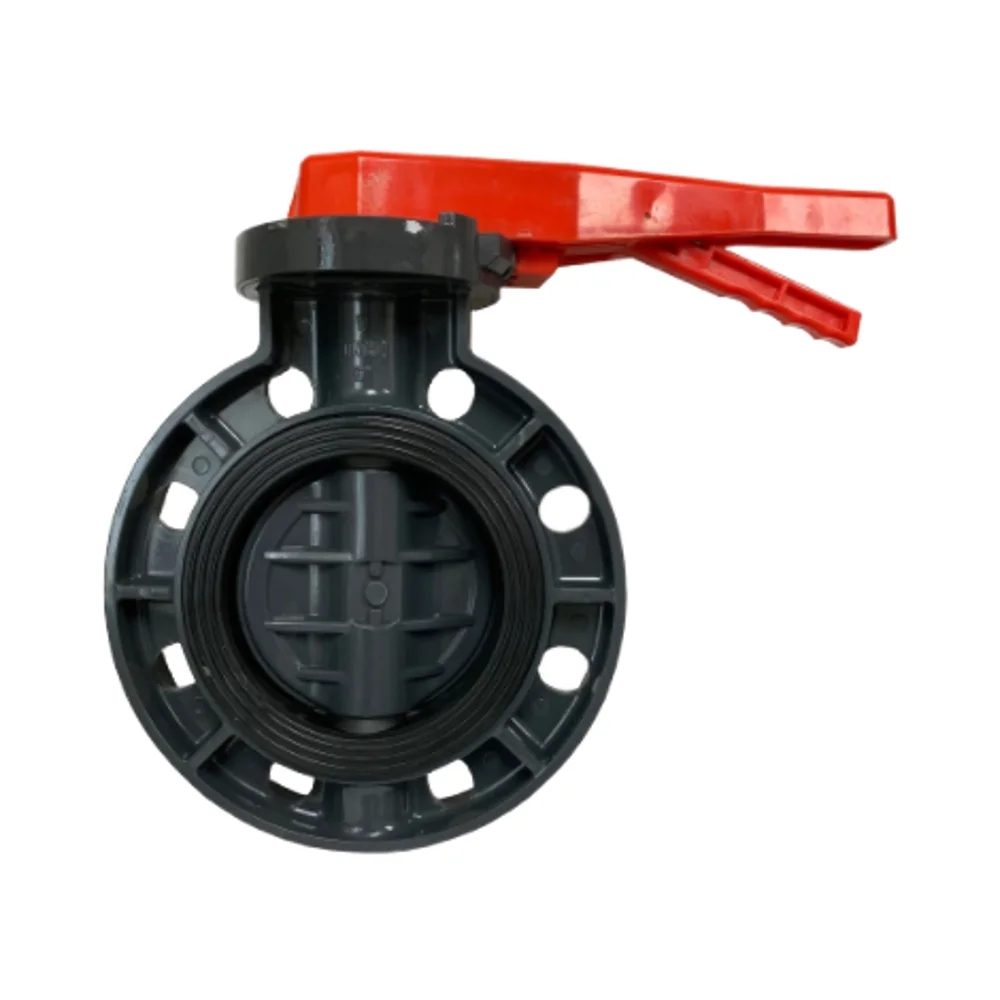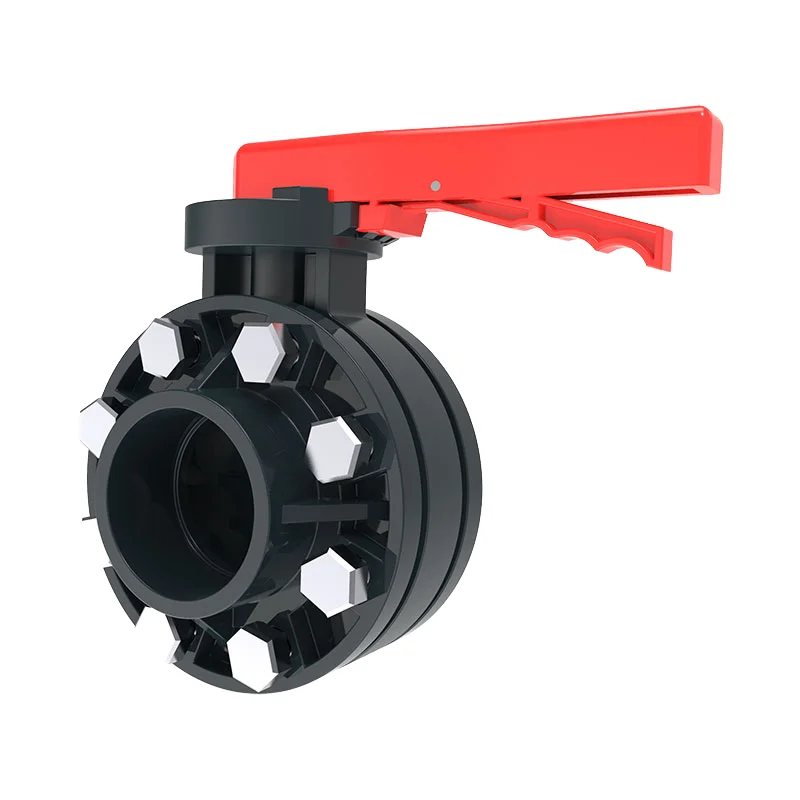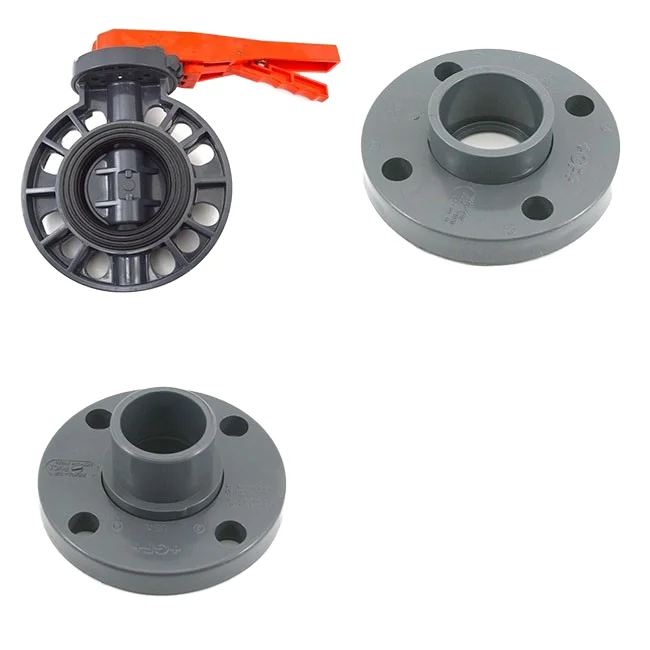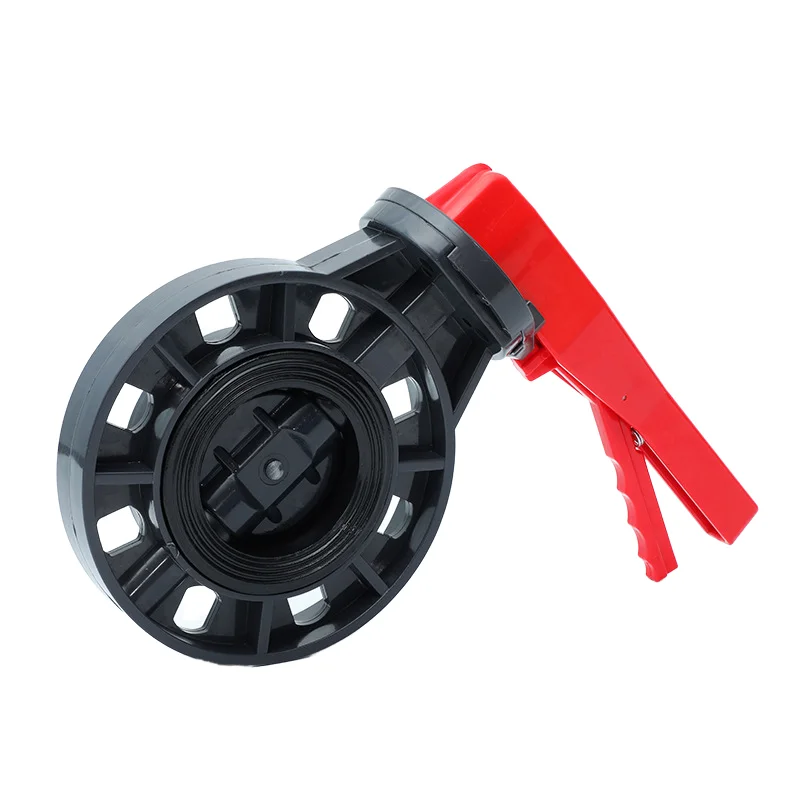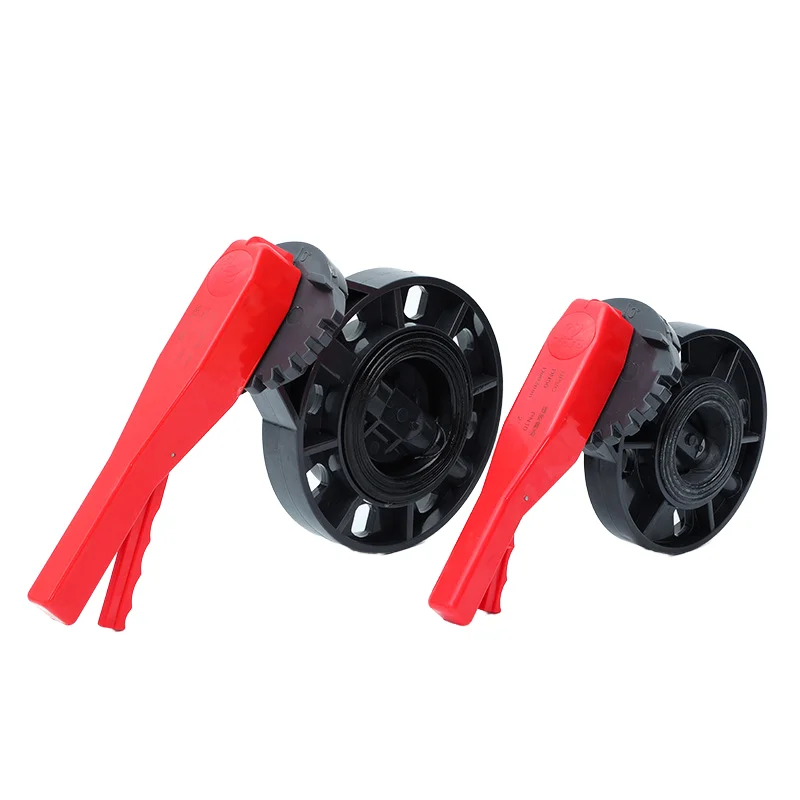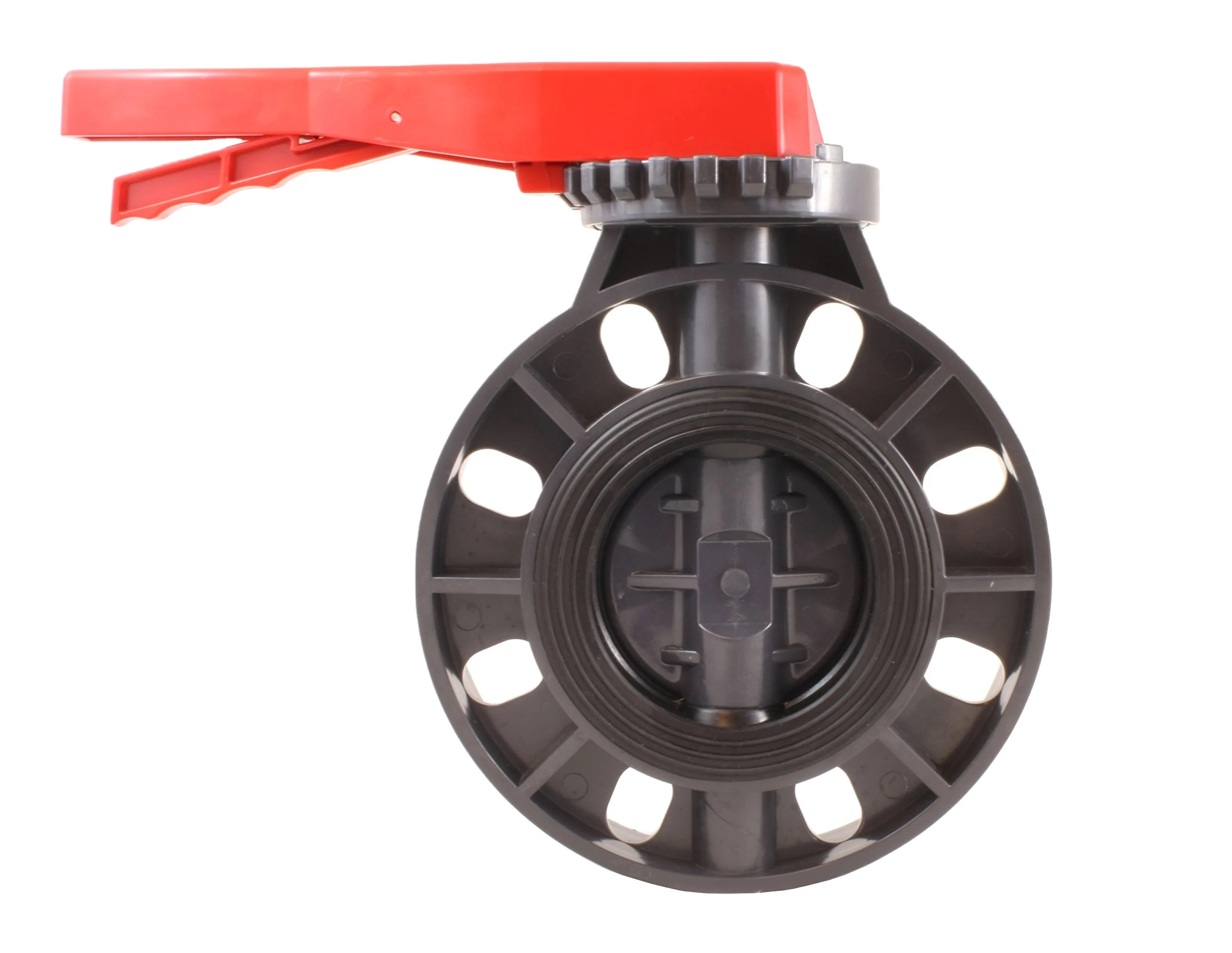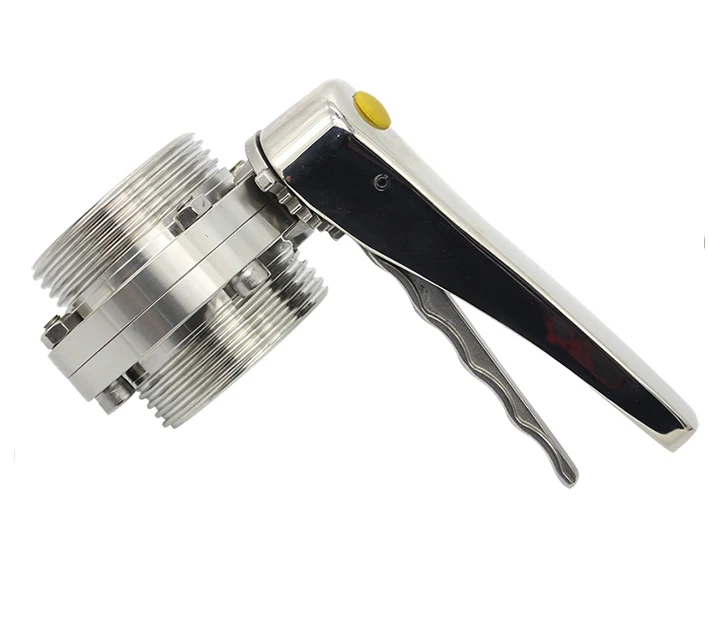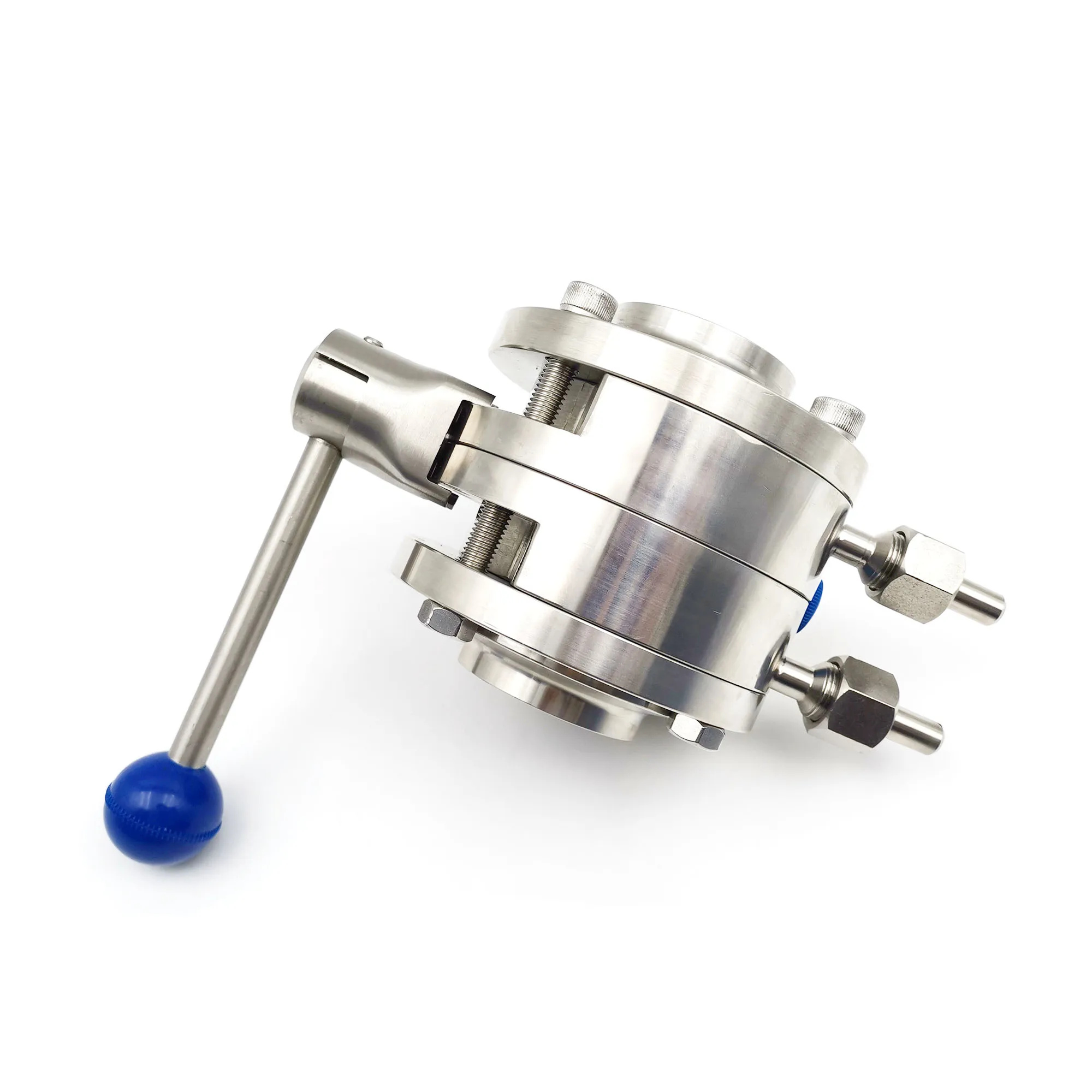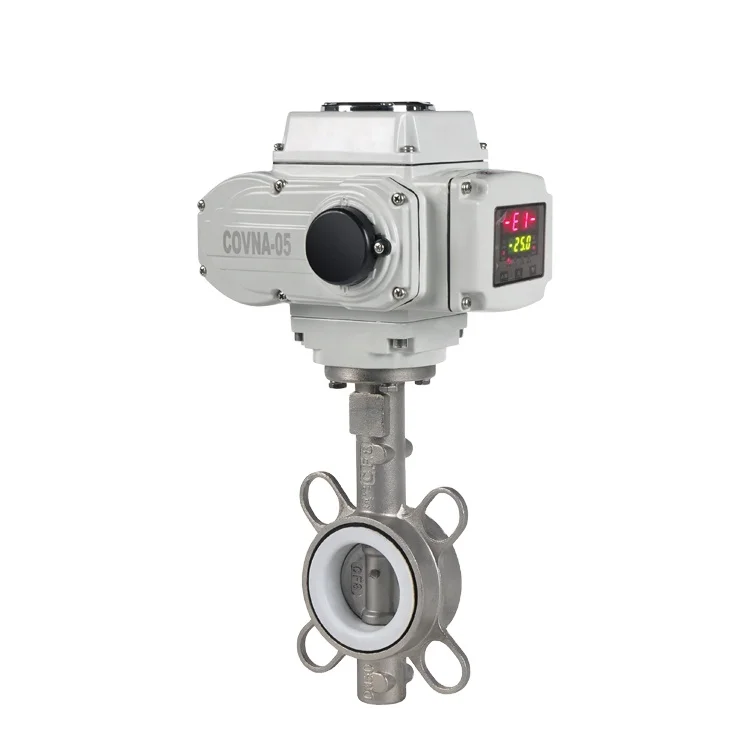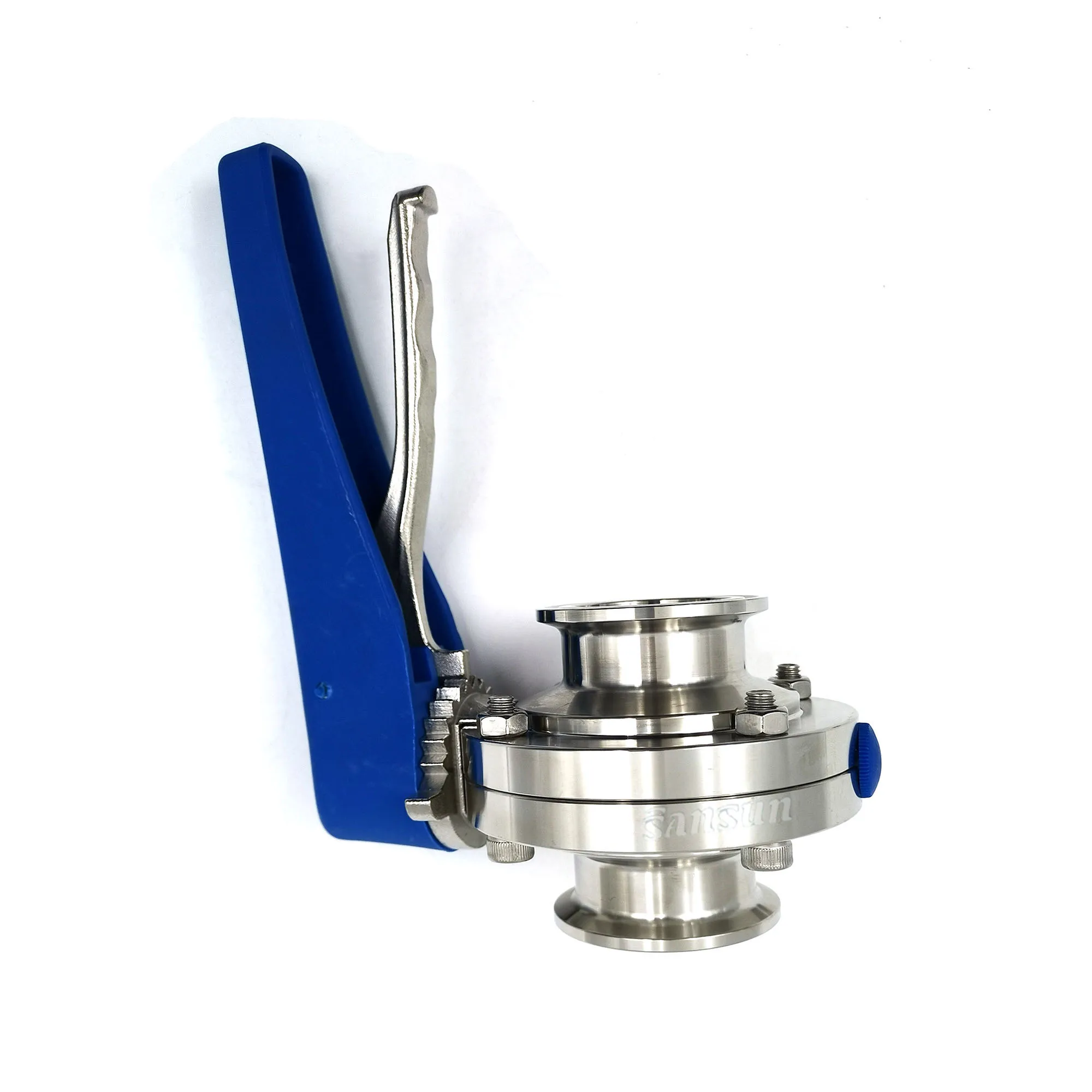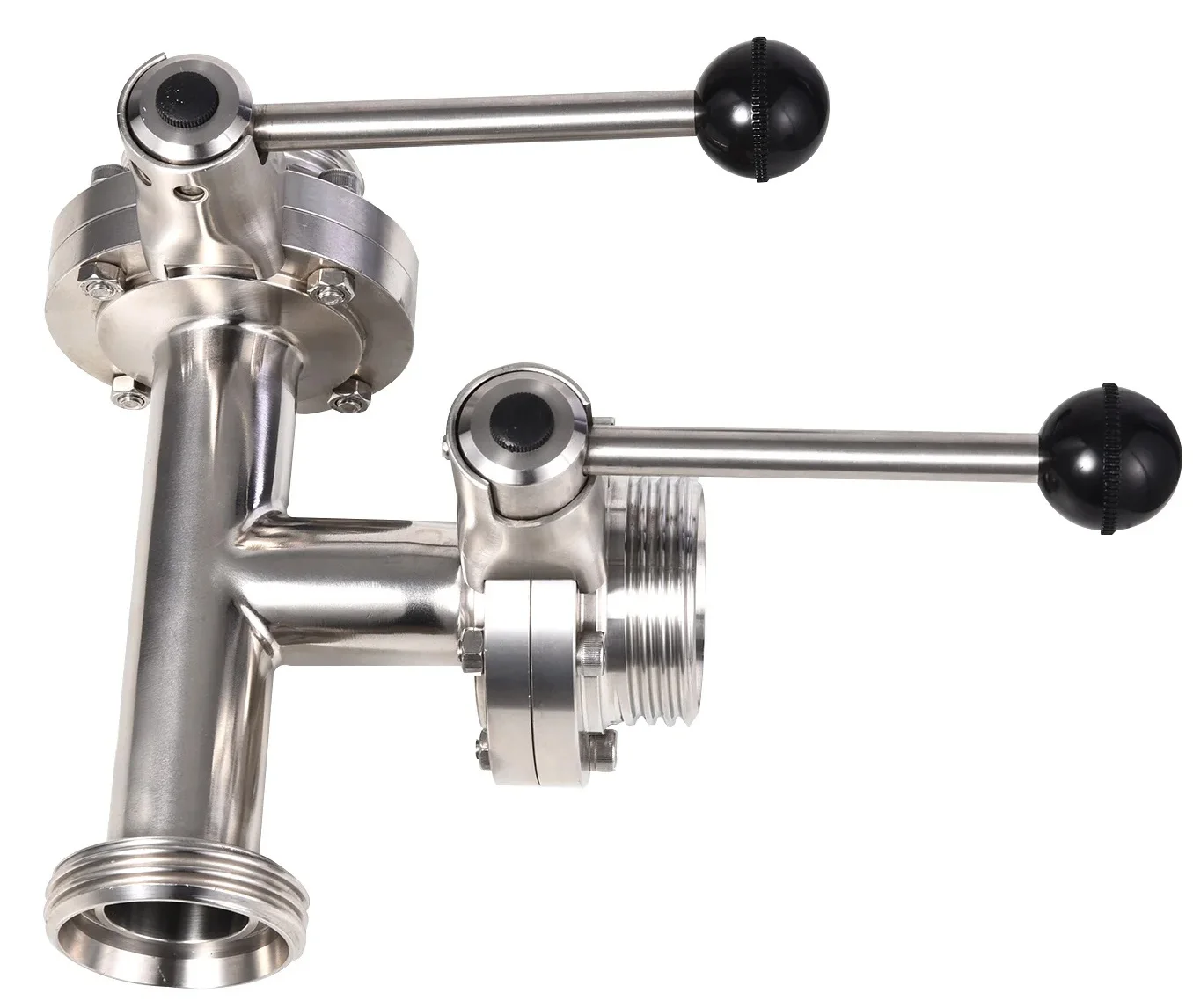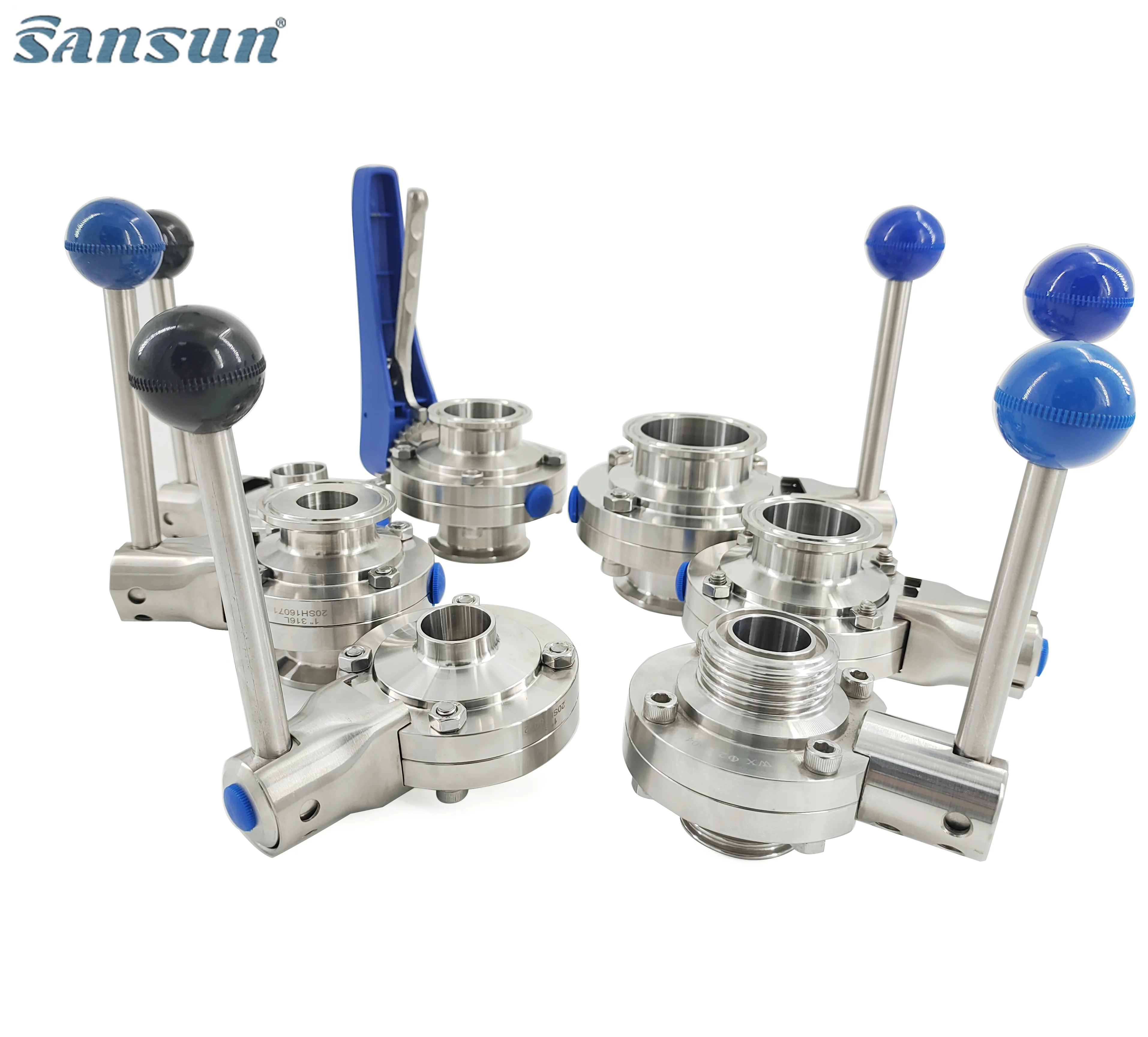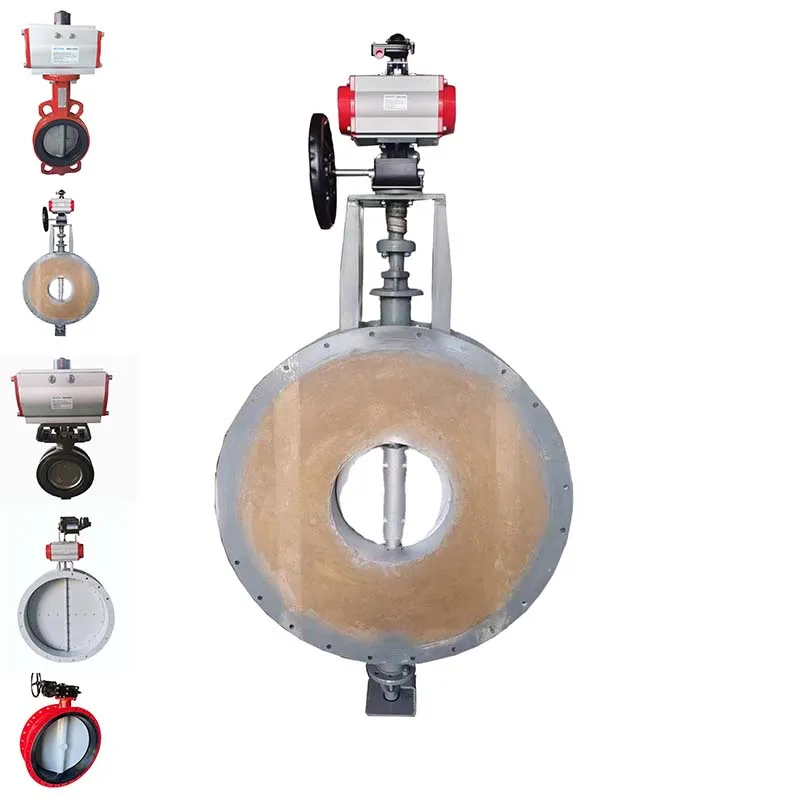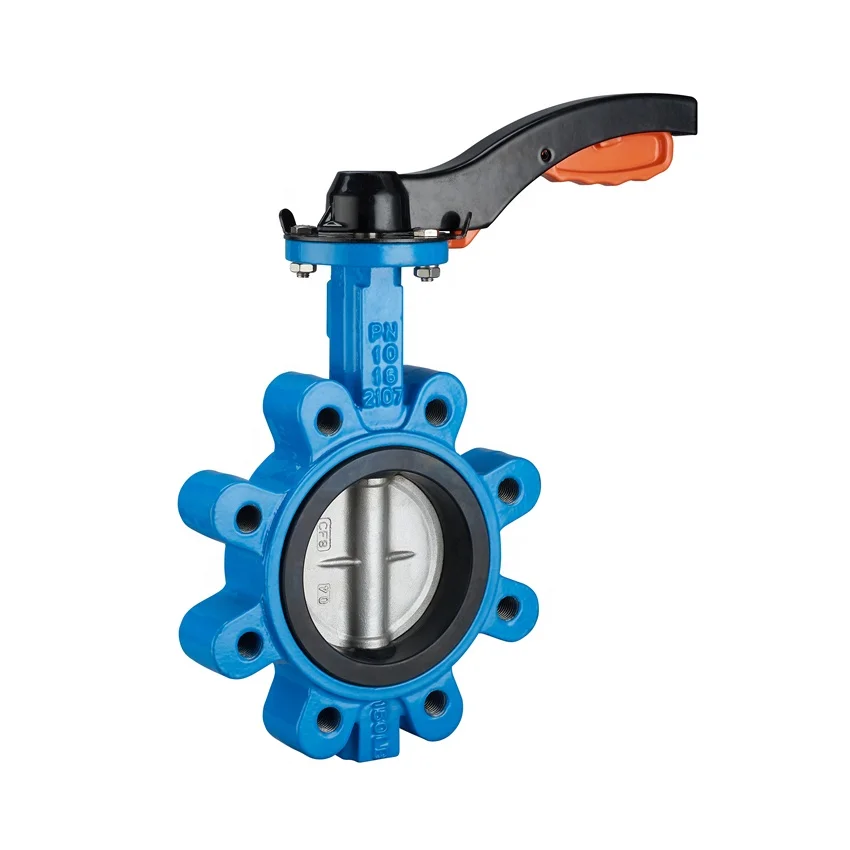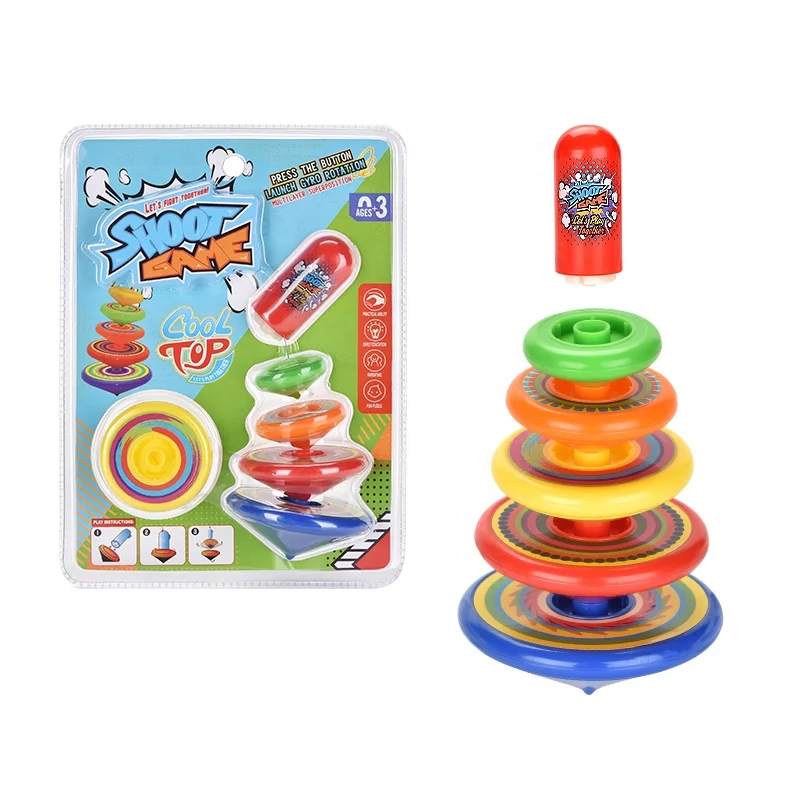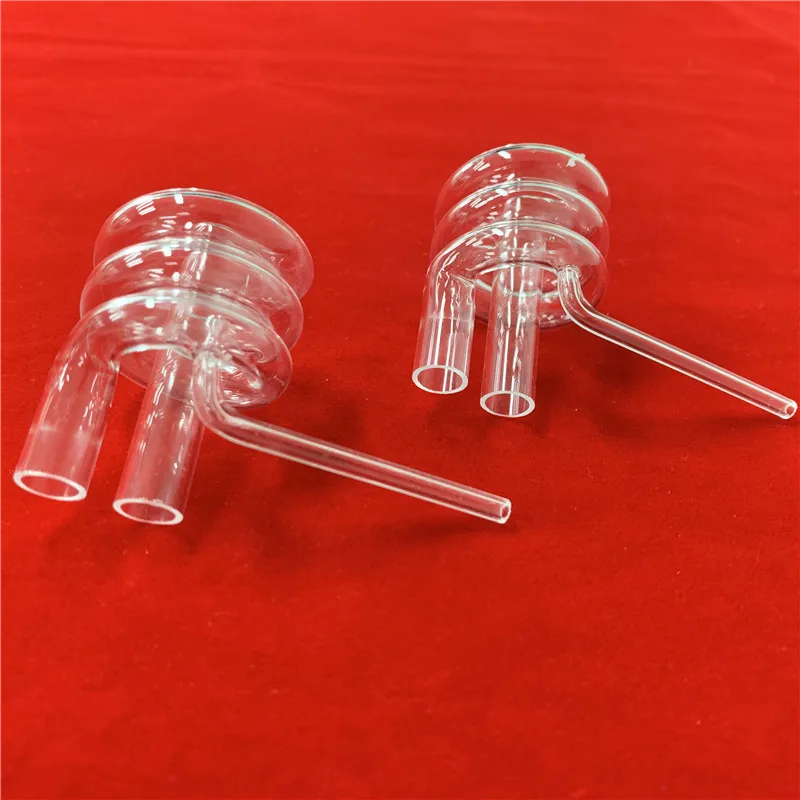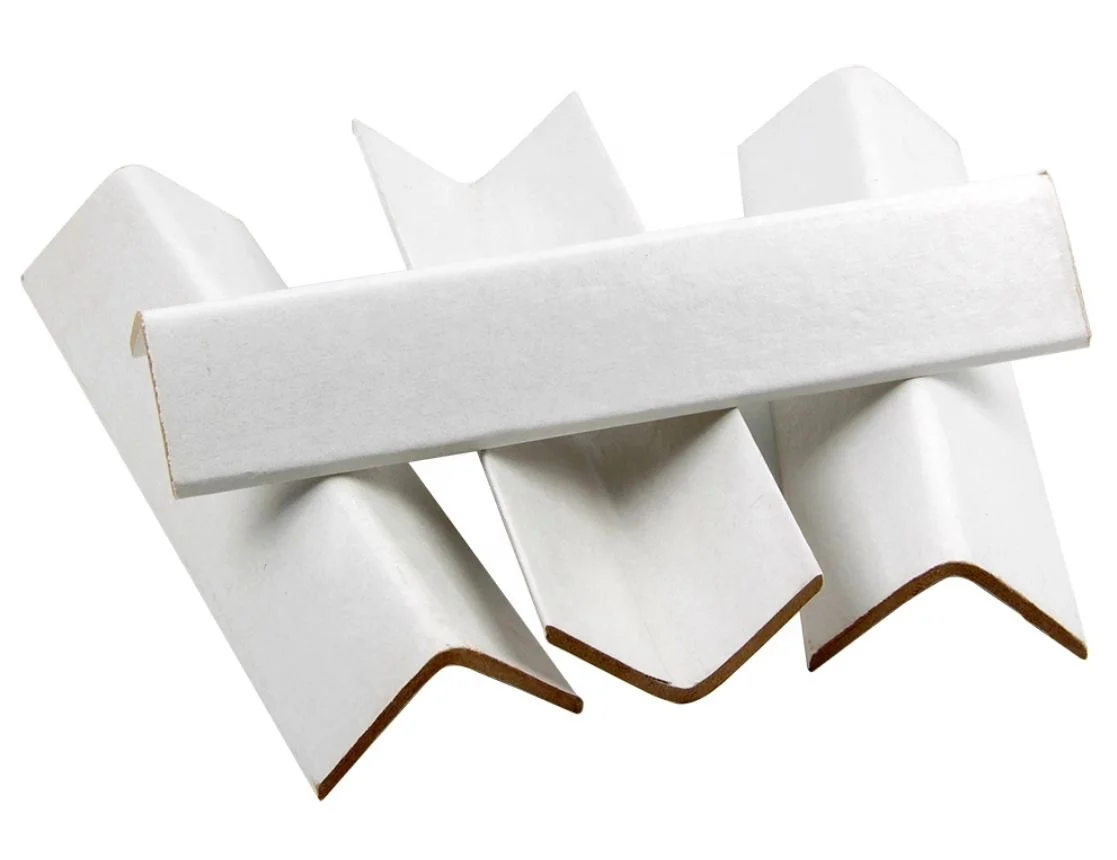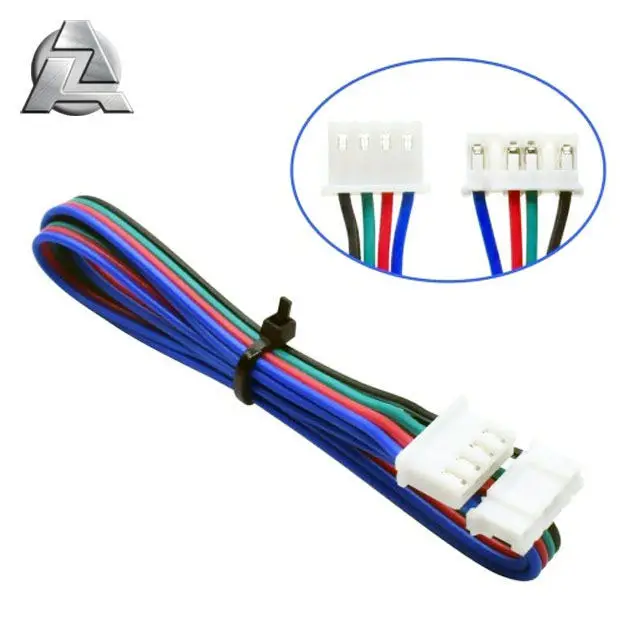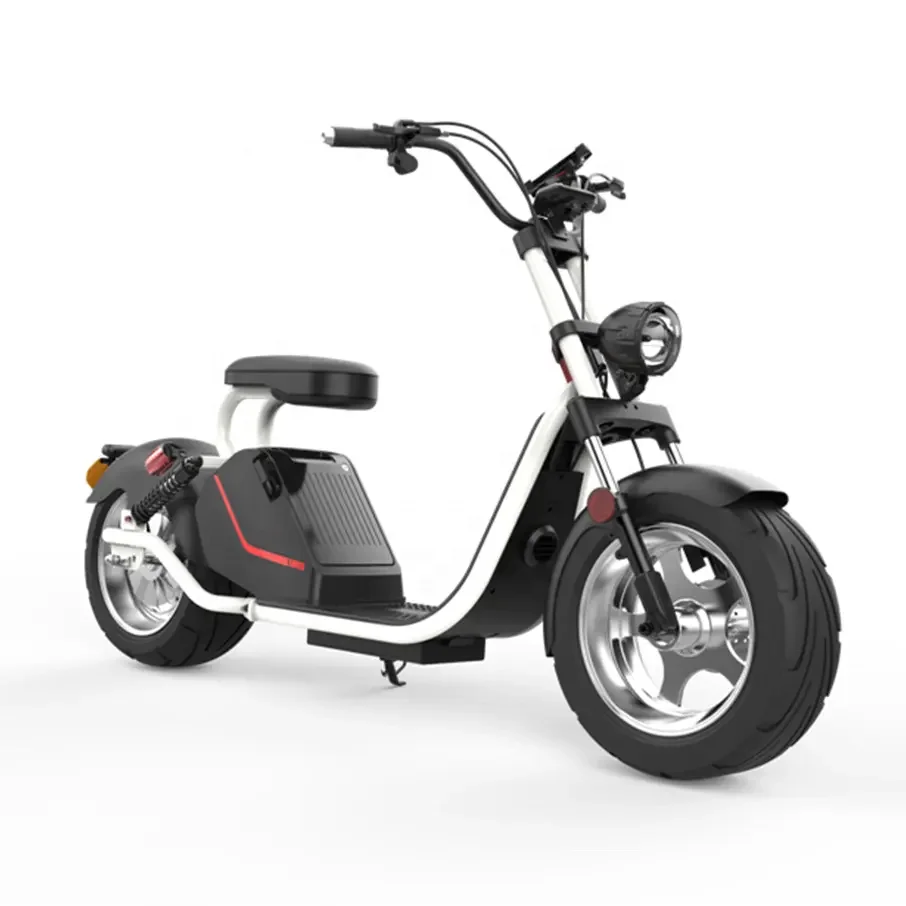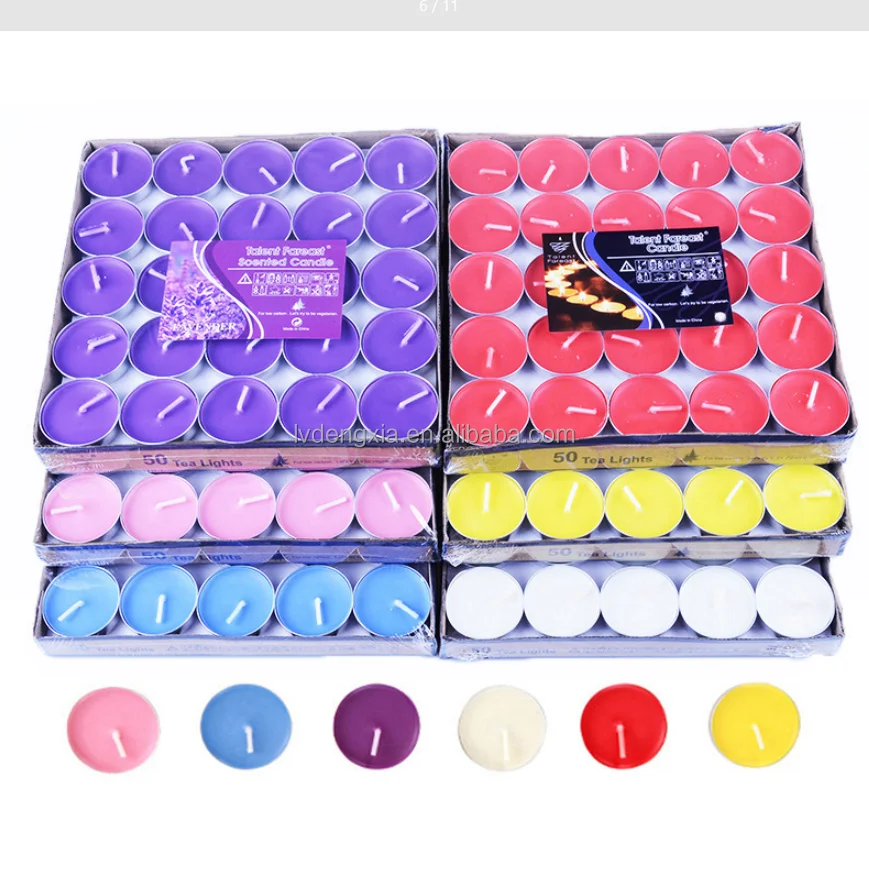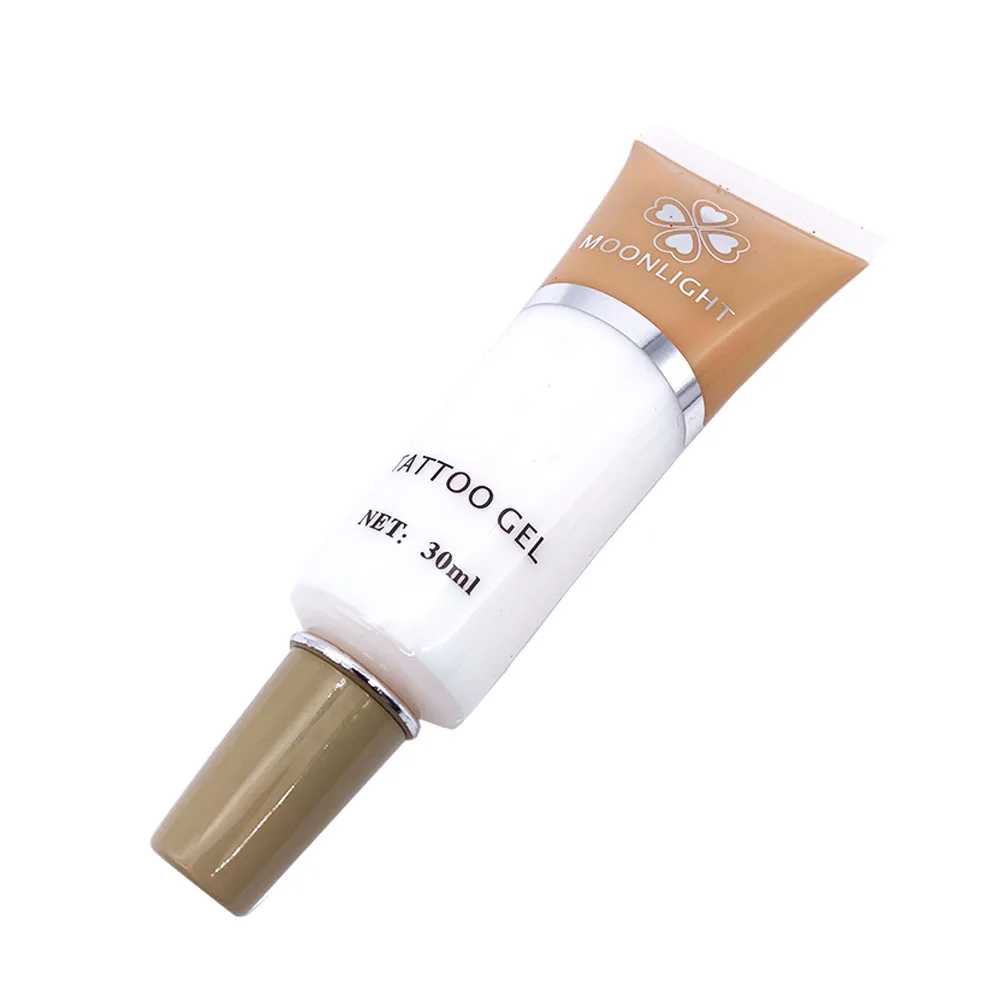China Factory PVC Flange Manual Plastic UPVC Butterfly Valve Lever Handle for Water and Acid General Application
- Category: >>>
- Supplier: Shanghai Bomo Electromechanical Co. Ltd.Shanghai Ltd.
Share on (1601256147845):
Product Overview
Description

High density polyethylene (HDPE) is a white powder or granular product. It is non-toxic, tasteless, with crystallinity of 80% - 90%, softening point of 125 ~ 135 ℃, and service temperature of 100 ℃; Hardness, tensile strength and creep are better than low density polyethylene; Good wear resistance, electrical insulation, toughness and cold resistance; Good chemical stability, insoluble in any organic solvent at room temperature, resistant to acid, alkali and various salts; The film has low permeability to water vapor and air and low water absorption; The aging resistance is poor, and the resistance to environmental stress cracking is not as good as that of low-density polyethylene. In particular, thermal oxidation will degrade its performance, so antioxidants and UV absorbers must be added to the resin to improve this deficiency. The thermal deformation temperature of high-density polyethylene film under stress is low, which should be paid attention to in application.
Consult customer service for more information! thank you! | ||||||||







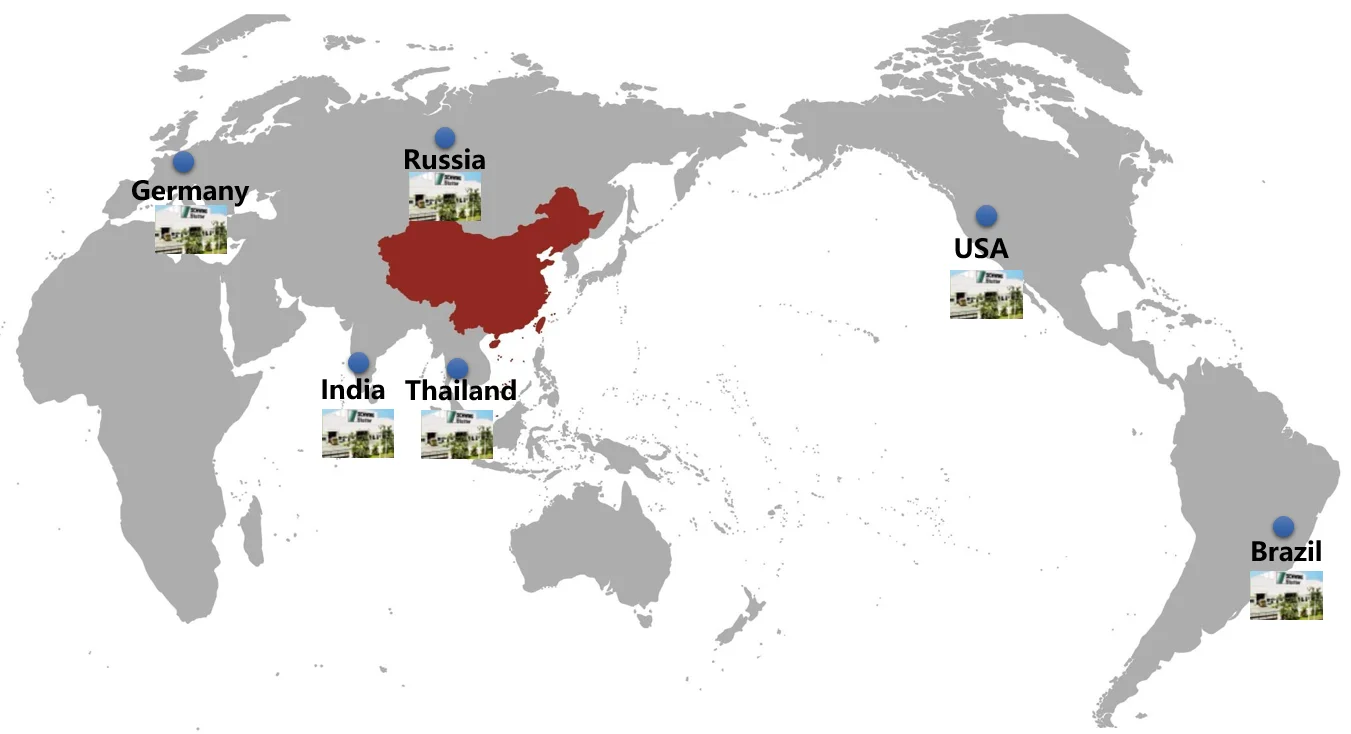
Q1. Can I have a sample order for valve?
A: Yes, welcome sample order to test and check quality.Mixed samples are acceptable.
Q2. How do you ship the goods and how long does it take to arrive?
A: We usually ship by sea. It usually takes 15-20 days to arrive.Airline shipping also optional.
Q3. How to proceed an order for valve?
A: Firstly let us know your requirements or application.
Secondly We quote according to your requirements or our suggestions.
Thirdly customer confirms the samples and places deposit for formal order.
Fourthly We arrange the production.
Q4. The logo and the color can be customized?
A. Yes, we welcome you to sample custom.
Q5. Any other good service your company can provide?
A. Yes,we can provide good after-sale and fast delivery.




We Recommend
New Arrivals
New products from manufacturers at wholesale prices
